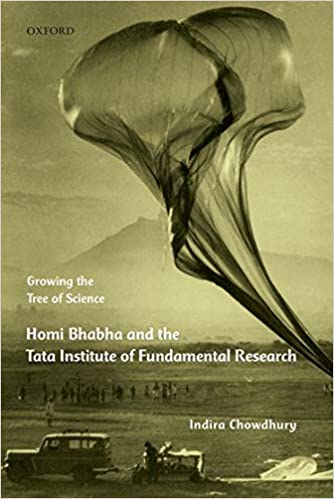Homi J. Bhabha, one of the stalwarts of Jawaharlal Nehru’s team who steered the growth of science in India, has always been a subject of great enthusiasm for historians of science. Often this interest in him has led to situating him within the frame of Nehruvian nationalism and the building of the nuclear technology establishment of the country, and of late, to addressing the relationship between science and the Indian state. The book under review veers away from these historiographical frames, and portrays Bhabha as an institution builder, and concentrates on the institutional history of Tata Institute of Fundamental Research (TIFR), Mumbai, one of the centres of scientific excellence in India. Such an approach of the book helps bring out the contribution of Bhabha and his brainchild in establishing the disciplines of mathematics, cosmic ray research, radio astronomy, and molecular biology in the country apart from (nuclear) physics, and this is actually a history always being sidelined or under-explored due to a strong focus of historians on the Indian nuclear technology programme. Similarly, the book also brings out the contributions of several other renowned scientists like D.D. Kosambi, K. Chandrasekharan, Bhibha Chowdhury (one of the few women scientists in India in that period), and Obaid Siddiqi.

Portrait Of An Institution Builder
Shiju Sam Varughese
GROWING THE TREE OF SCIENCE: HOMI BHABHA AND THE TATA INSTITUTE OF FUNDAMENTAL RESEARCH by By Indira Chowdhury Oxford University Press, New Delhi, 2016, 274 pp., 895.00
May 2017, volume 41, No 5
